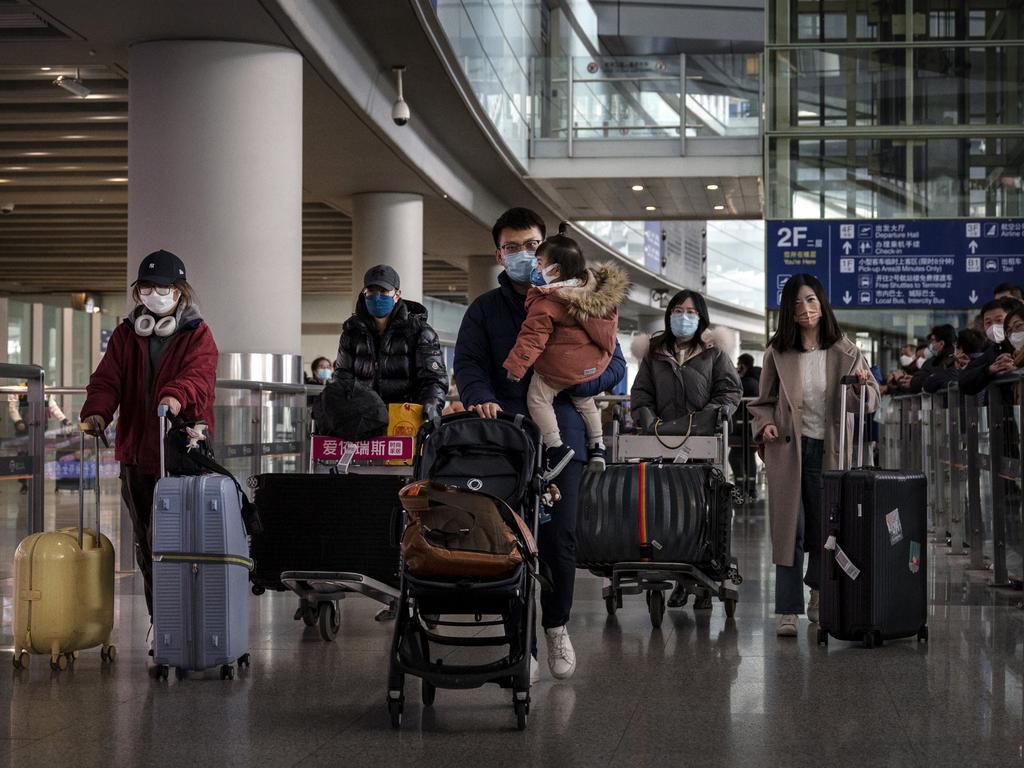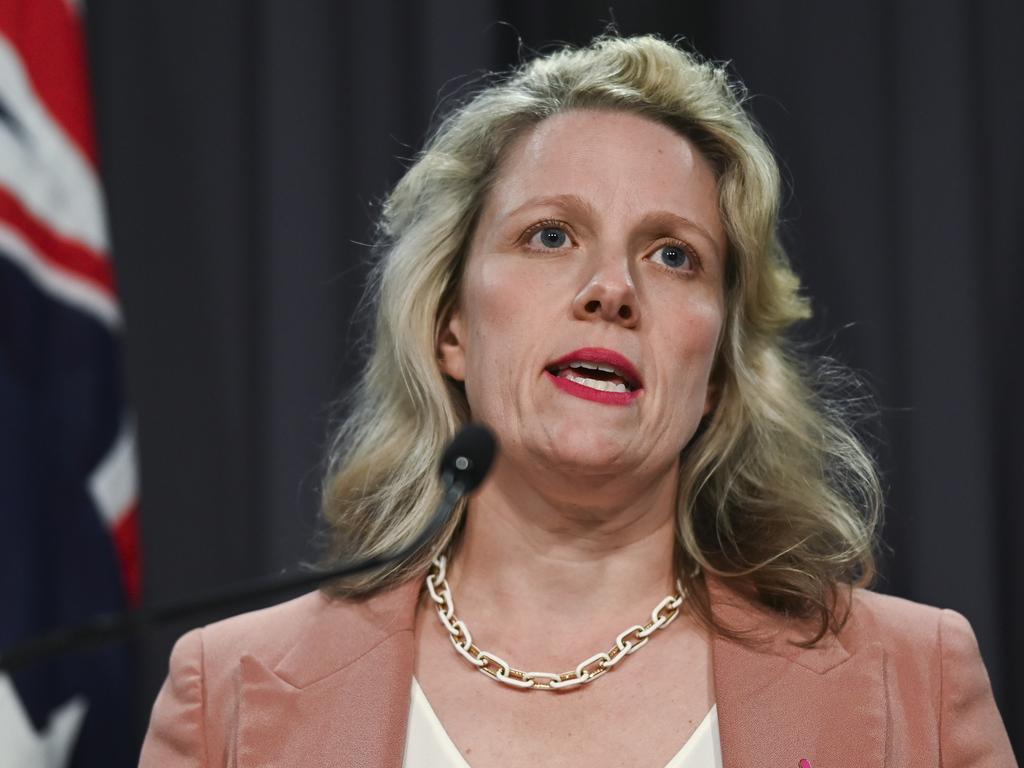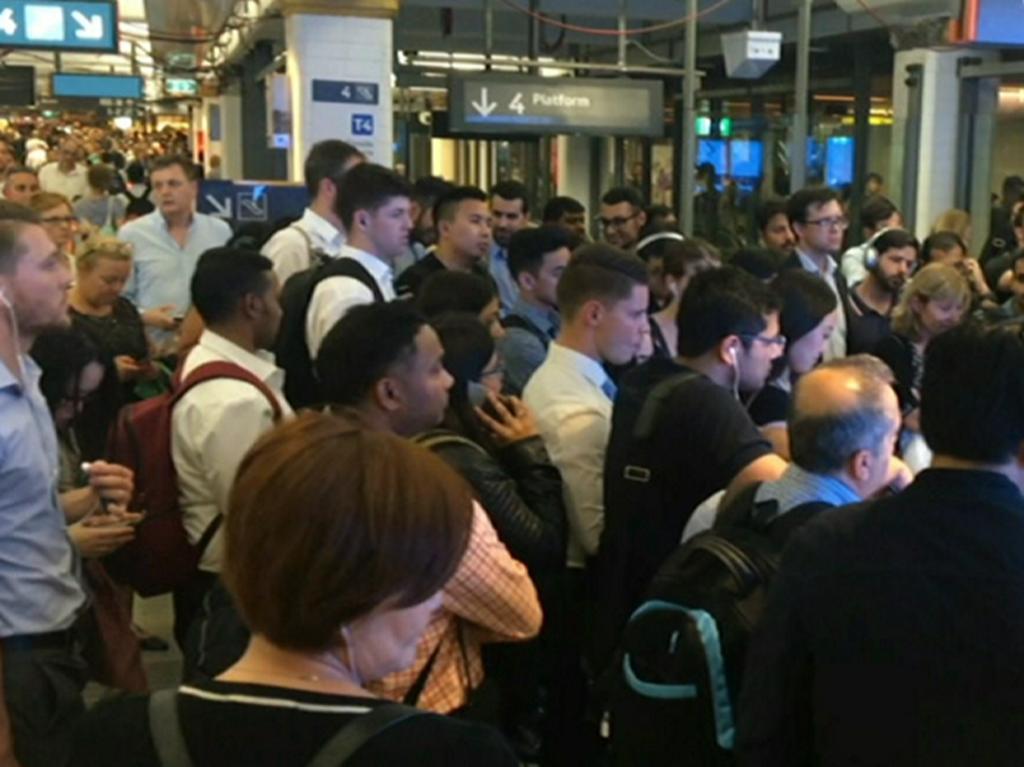Australia rockets back to 50s-style population boom
Australia’s population growth has rocketed back to the boom rates of the mid-1950s, as eminent historian Geoffrey Blainey warns the nation is not ready this time for the migrant surge.

Australia’s population growth has rocketed back to the boom rates of the mid-1950s, increasing by 2.4 per cent in the 12 months to June, as a record half million-plus net influx of foreign students, workers and permanent settlers came to these shores.
The population rose by 624,100 in the year to June, with net overseas migration adding 518,100, an increase of more than 150 per cent on the previous year and the highest nominal inflow ever recorded.
According to figures released on Thursday by the Australian Bureau of Statistics, the natural increase was 106,100, which was a 15.4 per cent drop on the previous year, as deaths rose and births fell, with the total fertility rate (children born per woman) plunging to an all-time low of 1.58.
The last time the nation’s population grew by 2.4 per cent was in 1955 and 1956, as the post-war baby boom was in full swing, Melbourne prepared to host the Olympic Games, Robert Menzies was in The Lodge and the slogan “populate or perish” was at large to convince Australians to accept a high migrant intake.
Historian Geoffrey Blainey said “in the 1950s, when we welcomed a strong inflow of migrants, Canberra had valid and well-argued reasons for fostering immigration”.
“Many Australian leaders then thought Australia had been lucky not be invaded by the Japanese forces. A larger population was needed,” Professor Blainey told The Australian.
The figures come amid calls for a slowdown in migration, which is pumping up spending, the jobs market and economic growth.
But demand-driven migration is also behind a surge in rents and strains on government services in capital cities, with the opposition claiming the Albanese government is pursuing a “Big Australia” policy by stealth.
On Thursday, Jim Chalmers said “there was a big catch up in net overseas migration last year”.
“That was overwhelmingly a story about students, international students, but also a story about tourists. And both of those cohorts play an important role in our economy,” the Treasurer said.
Before the pandemic, Treasury was projecting net migration would add 953,000 to the population over the four years to the end of June.
After recording a net outflow of 85,000 people in 2020-21, in the wake of border closures and state government lockdowns, the four-year cumulative contribution from migration was 828,000 or 125,000 fewer than expected prior to the Covid-19 crisis.
On Monday, Home Affairs Minister Clare O’Neil launched the federal government’s long-awaited response to the Parkinson Migration Review, with a strategy she claimed would attract the most-skilled migrants and curb the number of students and temporary workers coming here.
Ms O’Neil said the road map “is a commitment to getting our system back on track and to returning migration levels back to normal and using that reduction in migration levels to move to the system we need for Australia’s future”.
The mid-year economic and fiscal outlook, published on Wednesday, projected net overseas migration would drop to 375,000 this financial year, and ease to 250,000 in 2024-25.
Ms O’Neil said there was a global post-pandemic surge in people movements that put Australia, a desirable location for foreign students and workers, in the frontline of the disruption along with the US, Canada, Britain and New Zealand.
Canada’s population grew by 2.9 per cent in the year to June, and in New Zealand by 2.7 per cent in the 12 months to September.
Professor Blainey said during the “big scale” 1950s migration, “jobs for the unskilled were abundant but now are less plentiful”.
“New housing was provided with more gusto and efficiency than happens now,” he said. “In essence, the present out-of-the-blue upsurge in immigrants is not likely to be anywhere near as successful as the carefully planned boom in the 1950s.
“Already high rents in the cities are one of the unwanted effects of the present inflow.”
ABS head of demography Beidar Cho said Australia’s population at the end of June was 26.64 million people.
The record net inflow of last financial year was due to 737,200 overseas migration arrivals, less 219,100 departures.
“People arriving on temporary visas, such as international students, were the main contributors to the arrivals, with the number of departures remaining low as the cycle of arrivals and departures have not yet returned to typical pre-pandemic patterns,” she said.
Annual population growth is now above the 2.2 per cent recorded at the end of 2008, prompting then prime minister Kevin Rudd to urge the nation to embrace rapid population growth. “I actually believe in a big Australia, I make no apology for that,”he said in October 2009, after projections showed the nation was on track to reach 35 million people by 2050.
ABS projections this month show the nation could reach that population level on a pre-pandemic migration average of 225,000 a year or 38 million if migration rose to 275,000 a year from the end of this decade.







To join the conversation, please log in. Don't have an account? Register
Join the conversation, you are commenting as Logout